M
I
C
R
O
S
T
O
R
Y
O
F
A
R
T
........................................................

NOW COMPLETED:

........................................................
MICROSTORY OF ART
ONLINE JOURNAL FOR ART, CONNOISSEURSHIP
AND CULTURAL JOURNALISM
........................................................
INDEX | PINBOARD | MICROSTORIES |
FEATURES | SPECIAL EDITIONS |
HISTORY AND THEORY OF ATTRIBUTION |
ETHNOGRAPHY OF CONNOISSEURSHIP |
SEARCH

........................................................



 >MICROSTORIES
>MICROSTORIES
- Richard Serra
- Martin Scorsese
- Claude Simon
- Sunshine
- Werner Herzog
- The Creation
- Marcel Duchamp
- Nino Rota
- Wölfflin and Woolf
- Hansjörg Schneider
- Kraftort Arkadien
- Visual Biography
- Schlaraffenleben
- Die Geisteswissenschaften
- The Voyeur
- Buzzword Sustainability
- Paul Verlaine
- Tao Yuanming
- New Beginning
- Seneca
- Still Lifes
- Charles Baudelaire
- Frédéric Chopin
- The Art History of Sustainability
- Wang Wei
- Solarpunk
- Historians of Light
- Lepanto
- Renaturalization
- Plates
- Snow in Provence
- Learning to See
- Picasso Dictionaries
- Peach Blossom Spring
- Picasso Tourism
- Tipping Points
- Sviatoslav Richter
- Weather Reports
- Treasure Hunt
- Another Snowscape in Picasso
- Picasso in 2023
- Dragon Veins
- The Gloomy Day
- The Art of the Pentimento
- Reforestation
- The Status of Painting
- Emergency Supply
- Punctuality
- Watching Traffic
- Zhong Kui
- How Painting Survived the 1990s
- Confirmation Bias
- Sustainability and Luxury
- Garage Bands
- Picasso and Artificial Intelligence
- Eyes of Tomorrow
- Picasso in 2023 2
- Gluing Oneself to Something
- Suburbia
- Bamboo
- Sustainability and Carpe Diem 1
- Interviews with Bruegel
- Sustainability and Carpe Diem 2
- Coffee & Sugar
- Bamboo 2
- Picasso in 2023 3
- Sustainability and Carpe Diem 3
- Cherry Orchard
- Old Magazines
- Chance
- Nick Drake
- Harlequin
- The Smartphone & the Art Book
- Atlas Syndrome
- The Kitchen
- Atlas Syndrome 2
- Consideration
- Tori Amos
- School
- Orchard Auctioning Day
- The Hundred Years’ War
- Sócrates
- Chameleon
- Nefertiti Bust
- Picasso as a Computer
- Sunflowers
- Philemon & Baucis
- Ode to the Radio
- Childhood
- Wimmelbild
- Restitution
- Nick Drake 2
- Wishful Thinking
- Sundays
- The Independent Scholar
- September
- The Fisherman by Pirosmani
- Microadventure
- Sociology
- Salvator Mundi
- Chillon
- Appassionata
- Amber
- Homer
- Berlin
- Planet Walk
- Improvisation
- Seeing Picasso
- These Nice Kids
- Robber
- The One
- The Sea Turtle
- Zoo
- Through the Hush
- Wunderkammer
- I Do Not Seek, I Find
- Shopping Mall
- Food Hamper
- The Secretary
- This Gate
- Nor Rainy Day
- House on a Hill
- Beautiful Island
- Second-hand Bookstore
- Flat
- Slap in the Face
- Serra, Wenkenpark
- Apologies
- The Bells
- Nordmann Fir
- Picasso Wanting To Be Poor
- Picasso, Pirosmani
- A Brief History of Sculpture
- 24 Sunsets
- Rusty Phoenix
- Glove
- Wintry Stanza
- A Song
- Like A Beatle
- Catching An Orange
- Solar Bees
- Permaculture

 >FEATURES
>FEATURES
- Van Gogh On Connoisseurship
- Two Museum’s Men
- Ende Pintrix and the City in Flames
- Titian, Leonardo and the Blue Hour
- The Man with the Golden Helmet: a documentation
- Un Jury d’admission à l’expertise
- Learning to See in Hitler’s Munich
- Leonardo da Vinci and Switzerland
- The Blue Hour Continued
- The Blue Hour in Louis Malle
- Kafka in the Blue Hour
- Blue Matisse
- Blue Hours of Hamburg and LA
- A Brief History of the Cranberry
- The Other Liberale in the House
- The Blue Hour in Raphael
- Who Did Invent the Blue Hour?
- Monet on Sustainability
- Velázquez and Sustainability
- The Blue Hour in Guillaume Apollinaire
- Van Gogh on Sustainability
- The Blue Hour in Marcel Proust
- Picasso and Sustainability
- The Contemporary Blue Hour
- The Blue Hour in 1492
- The Blue Hour in Hopper and Rothko
- Hopper and Sustainability
- The Blue Hour in Ecotopia
- The Hour Blue in Joan Mitchell
- Explaining the Twilight
- The Twilight of Thaw
- The Blue Hour in Pierre Bonnard
- Explaining the Twilight 2
- Picasso on Stalin
- Rubens on Sustainability
- The Salvator Mundi in Bruegel and Rubens
- The Blue Hour in Leonardo da Vinci and Poussin
- The Blue Hour in Rimbaud
- Faking the Dawn
- Frost and Thaw in Ilya Ehrenburg
- Picasso, Stalin, Beria
- Picasso, Solzhenitsyn and the Gulag
- Shostakovich on Picasso
- Hélène Parmelin in 1956
- Historians of Picasso Blue
- Picasso Travelling to Moscow 1
- The Blue Hour in Caravaggio
- Picasso Travelling to Moscow 2
- Picasso, the Knife Game and the Unsettling in Art
- Some Notes on Leonardo da Vinci and Slavery
- Picasso Moving to the Swiss Goldcoast
- The Blue Hour in Camus
- The Blue Hour in Symbolism and Surrealism
- Caspar David Friedrich in His Element
- Exhibiting the Northern Light
- Caspar David Friedrich in His Element 2
- Robert Schumann and the History of the Nocturne
- The Blue Hour in Robert Schumann
- Caspar David Friedrich and Sustainability
- The Twilight of Thaw 2
- Multicultural Twilight
- The Blue Hour in Anton Chekhov
- The Blue Hour in Medieval Art
- Twilight Photography
- The Blue Hour in Bob Dylan
- Iconography of Optimism

 >SPECIAL EDITIONS
>SPECIAL EDITIONS
- Visions of Cosmopolis
- Mona Lisa Landscapes
- Turner and Ruskin at Rheinfelden
- Painters On TV & On TV
- Spazzacamini in Art
- A Last Glance at Le Jardin de Daubigny
- The Experimental Cicerone
- A Dictionary of Imaginary Art Historical Works
- Iconography of Blogging
- Begegnung auf dem Münsterplatz
- Cecom
- Das Projekt Visual Apprenticeship
- Those Who See More
- A Fox on Seeing with the Heart
- Sammlung Werner Weisbach
- Daubigny Revisited
- Some Salvator Mundi Microstories
- Some Salvator Mundi Afterthougths
- Some Salvator Mundi Variations
- Some Salvator Mundi Revisions
- A Salvator Mundi Questionnaire
- A Salvator Mundi Puzzle
- Unknown Melzi
- Francis I and the Crown of Charlemagne
- From Amboise to Fontainebleau
- Drones Above Chambord
- Looking Back At Conques
- Flaubert At Fontainebleau
- Images of Imperial Ideology
- The Chronicles of Santa Maria delle Grazie
- Seeing Right Through Someone
- Melzi the Secretary
- Eying Glass
- A Foil to the Mona Lisa
- A Renaissance of the Cartoon
- Sketching a Family Tree
- Venetian Variations
- A Brief History of Digital Restoring
- A Consortium of Painters
- Leonardeschi and Landscape
- A Christ in Profile
- Learning to See in Spanish Milan
- A History of Gestures
- Leonardo and Josquin
- A Renaissance of the Hybrid
- Suida and Heydenreich
- The Watershed
- Three Veils
- From Beginning to End
- Connoisseurship of AI
- Twilight and Enlightenment
- The Blue Hour in Chinese Painting
- Dusk and Dawn at La Californie
- Iconography of Sustainability
- The Blue Hour in Goethe and Stendhal
- The Sky in Verlaine
- The Blue Hour in Paul Klee
- Iconography of Sustainability 2
- The Blue Hour in Charles Baudelaire
- From Bruegel to Solarpunk
- Some Salvator Mundi Documentaries
- Some More Salvator Mundi Monkey Business
- The Windsor Sleeve
- Brigitte Bardot’s Encounter with Picasso
- Art Historians and Historians
- A Salvator Mundi Chronicle
- The Salvator Mundi and the French Revolution
- The Fontainebleau Group
- The Encounter of Harry Truman with Pablo Picasso
- The Fontainebleau Group Continued
- The Windsor Sleeve Continued
- The Salvator Mundi in Early Netherlandish Painting 1
- Some Salvator Mundi Resources
- A New Salvator Mundi Questionnaire
- The Woman in Picasso
- The Yarborough Group
- Melzi, Figino and the Mona Lisa
- The Yarborough Group Continued
- A Salvator Mundi Global History
- The Salvator Mundi in Medieval Art
- The Salvator Mundi in Medieval Art 2
- The Salvator Mundi in Early Netherlandish Painting 2


 >HISTORY AND THEORY OF ATTRIBUTION
>HISTORY AND THEORY OF ATTRIBUTION
- The Mysterious »Donna Laura Minghetti-Leonardo«
- Assorted Demons of Connoisseurship
- Panofsky Meets Morelli
- Discovering the Eye of Sherlock Holmes
- Handling the Left-handed Hatchings Argument
- Visual History of Connoisseurship
- Alexander Perrig
- Connoisseurship in 2666
- What Postmodernity Has Done to Connoisseurship
- Dividing Four Fab Hands
- A Leonardesque Ambassador
- Test Cases in Connoisseurship
- A Raphael Expertise
- How to Tell Titian from Giorgione
- Louise Richter
- The Unique Property in the History of Connoisseurship
- An Expertise by Berenson
- The Book of Expertises
- An Album of Expertises
- An Expertise by Friedländer
- A Salvator Mundi Provenance
- How to Tell Leonardo from Luini
- An Expertise by Crowe and Cavalcaselle
- An Expertise by Bayersdorfer
- An Expertise by Hermann Voss
- An Expertise by Hofstede de Groot
- Leonardeschi Gold Rush
- An Unknown »Vermeer«
- An Expertise by Roberto Longhi
- An Expertise by Federico Zeri
- A Salvator Mundi Geography
- A Salvator Mundi Atlas
- The Bias of Superficiality
- 32 Ways of Looking at a Puzzle
- James Cahill versus Zhang Daqian
- Five Fallacies in Attribution
- On Why Art History Cannot Be Outsourced to Art Dealers
- On Why Artificial Intelligence Has No Place in Connoisseurship
- Salvator Mundi Scholarship in 2016
- Leonardo da Vinci at the Courts
- The Story of the Lost Axe
- The Last Bruegel
- A Titian Questionnaire
- On Where and Why the Salvator Mundi Authentication Did Fail
- The Problem of Deattribution

 >ETHNOGRAPHY OF CONNOISSEURSHIP
>ETHNOGRAPHY OF CONNOISSEURSHIP
MICROSTORY OF ART
ONLINE JOURNAL FOR ART, CONNOISSEURSHIP
AND CULTURAL JOURNALISM
........................................................

***
ARCHIVE AND FURTHER PROJECTS

1) PRINT


***
2) E-PRODUCTIONS


........................................................

........................................................

........................................................
FORTHCOMING:


***
3) VARIA

........................................................

........................................................

........................................................

........................................................

........................................................
***
THE GIOVANNI MORELLI MONOGRAPH

- The Giovanni Morelli Monograph
........................................................
MICROSTORY OF ART
ONLINE JOURNAL FOR ART, CONNOISSEURSHIP AND CULTURAL JOURNALISM
HOME
MICROSTORY OF ART ONLINE JOURNAL FOR ART, CONNOISSEURSHIP AND CULTURAL JOURNALISM A Foil to the Mona Lisa 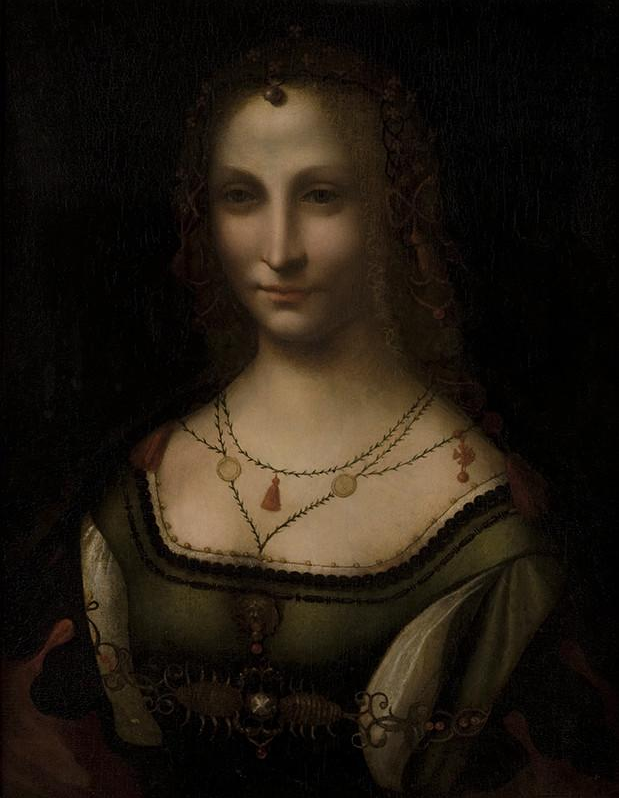 |
See also the episodes 1 to 12 of our New Salvator Mundi History:
Francis I and the Crown of Charlemagne
The Chronicles of Santa Maria delle Grazie
And:
A Foil to the Mona Lisa
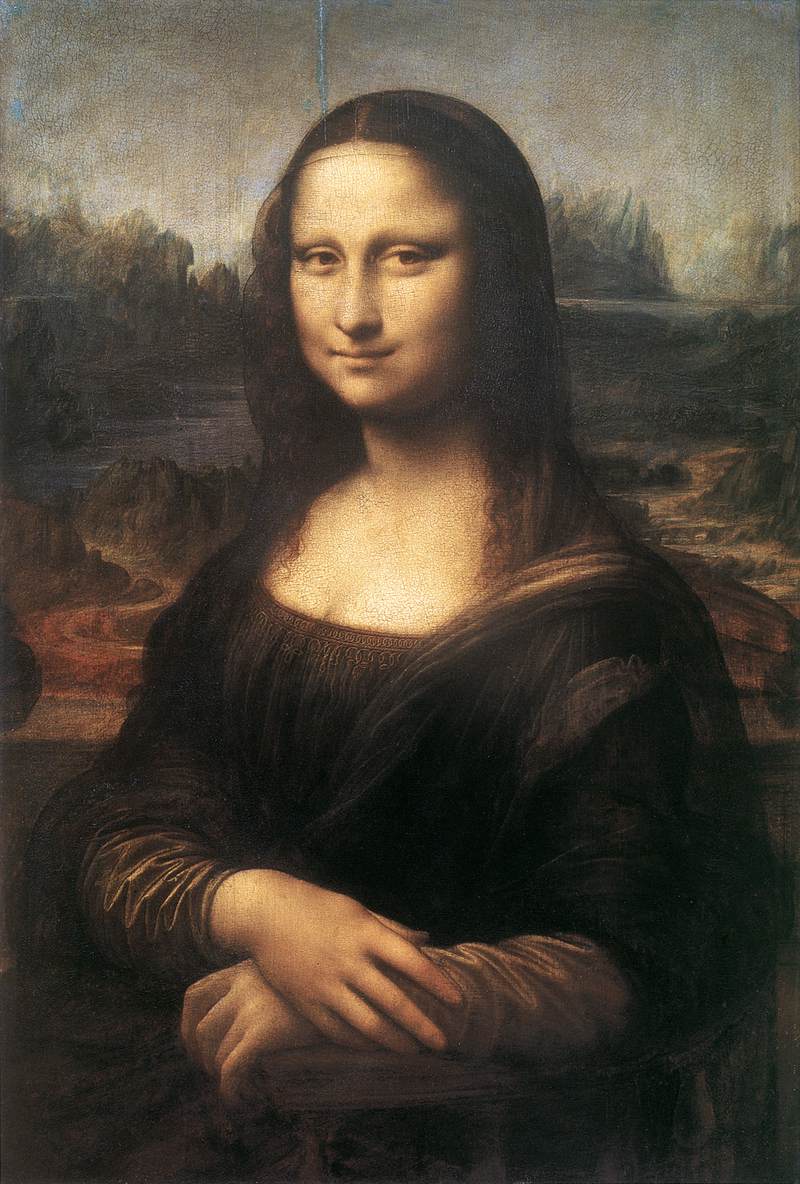
(1.8.2021) This episode is the attempt to decipher the history of an enigmatic picture in the Columbia Museum of Art.
It is a picture that should be discussed in every Leonardo da Vinci oeuvre catalogue, but in fact – it is discussed in
none. The picture is officially called Portrait of a Young Woman with a Scorpion Chain and attributed to Boltraffio; but I will
question that it is simply (respectively: only) a portrait, I will question that the woman in the picture is wearing
a scorpion chain (the alleged scorpions seem to be rather hybrid crabs), and I will question that the picture is only by
Boltraffio. I tend to think that Boltraffio may be part of the story, but I also tend to think that we see the work of
other hands. I am not going to attribute the picture to Leonardo, but, as I said, the picture should be discussed within
any Leonardo oeuvre catalogue, and this for more than one reason: Leonardo may be responsible for the design, Leonardo
may also have a hand in the painting, but most importantly – this picture and the person depicted in the picture is
simply a striking foil to the Mona Lisa; and, again, it is about the gaze here. Not about the gaze that is part of
the radiance of a woman, a radiance from within as in the Mona Lisa. No here it is, as in the Salvator Mundi series,
about a staring, inquisitory gaze, while the whole rest of the person we see here, is wearing a mask. This is about
seeing right through someone again, and again, as in the Salvator Mundi series, it is about us being seen right
through by an inquisitory picture (here by the picture of a woman), and here our gaze experiences the impossibility of
seeing through someone. We meet the shadowed eyes of an enigmatic woman, but we don’t experience something like an
›open window to her soul‹ or detect anything that could be seen as the outer expression of an inner movement. No, our gaze
deflects from a mask, and from a body that doesn’t seem to be in movement at all, that seems to be completely static,
immobile and perhaps unmoved. And since the Mona Lisa is all radiance coming from within, I am calling the Columbia
picture a foil to the Mona Lisa. Two things I would like to explicitly leave behind here: the rhetoric of making
pictures the ›equivalent‹ of the Mona Lisa, and a thinking that is only concerned with authorship. It is about
authorship here, but only marginally and in a sense that questions the qualities and the essence of pictures in the first
place. And yes, we are going to do something frivolous here indeed: we are going, by questioning works of art, to
interpret works of art. Here comes the thirteenth episode of our New Salvator Mundi History (picture in title: Sandro
Goppion).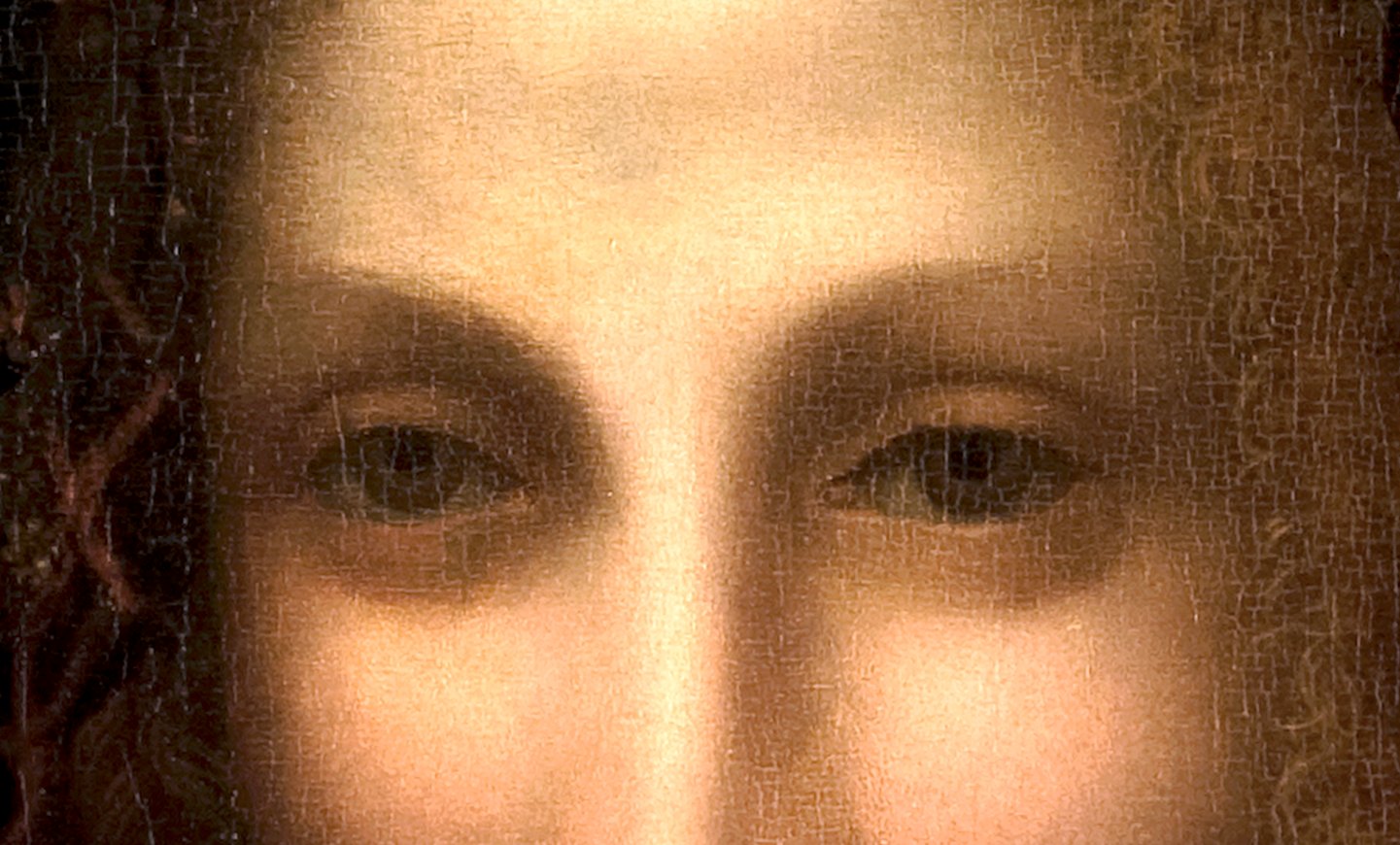
One) For Interpretation
We are going to interpret pictures, and I am hearing my inner antagonist say: ›interpretation? isn’t this something
subjective, unscientific, even outfashioned and unsexy?‹. Well, I am someone who thinks that art is something meant for
people to live with, to have a personal and, right, subjective relationship with, because it means being in contact
with (inner) experiences and outer expressions of other people, experiences and expressions that enrich and expand our
own experiences and inner life. I am also thinking that the academic discipline of art history is meant to help and
support us, by providing us with scientific knowledge, in having a deep and rich, and yes, scientifically and
historically informed relation with works of art. But academic art historians sometimes tend to confuse things: art
is not being created for academic art historians to administer, and the scientific and academic way of dealing with
art that seeks to eliminate the subjective relation, because scientific knowledge should be, as far it is possible, free
from subjective ingredients, should not take the place of our personal relation we can have with art. It is only meant to
support us, in one word: it comes secondary place – at best. This is how, in my view, things should be put in
perspective, and yes, I am going to interpret works of art, (just) because art is not about (even if it can be) exerting
power over what art does mean or what might be its essence (in fact it is fundamentally wrong to think that works of art
have a meaning that can objectively be fixed, even if we might discuss what intended meanings had been). This said: I am
not imposing my subjective, historically and scientifically informed views on anyone. That, indeed, my inner antagonist
may prevent.
My inner antagonist is also asking why I have dared to technically manipulate pictures. Indeed, I am confessing right now
that I have used a tool that it is called ›correction‹, namely I have put the ›exposure‹ of the detail pictures that I am
going to show here of the Columbia picture to maximum. Because otherwise we would not be able to see anything. Not the
details, not the intended meaning of details (perhaps). But this is all I have done, and now we may start.
I think that every Leonardo scholar should be able to explain to people why the Mona Lisa is a picture to be put
behind bullet-proof glass, and this without using stereotypical and empty phrases. Here is what I would say:
I would say that life gives us every kind of reasons to become melancholic, but here and there life gives also reasons to
cheer up. And this momentary and slight cheering up, an inner movement triggered by outward things seen or by our own
thoughts, can be a natural and unmasked impulse leading to an outward radiance coming from within. And exactly this
Leonardo da Vinci, may he be praised for exactly this, has managed to depict: the warm radiance of a woman, coming from
within, due to a natural and unmasked inner impulse of being cheered up. And thus the Mona Lisa, eternally, does show
us the measure of momentary happyness that actually is possible in life (that otherwise gives us all kinds of reasons to
be melancholic). Frankly, this is, in my view, why the Mona Lisa indeed deserves to be famous (and not for being such
a lively and realistic ›portrait‹ in the first place). And this is why it should be protected in my view (also against
vulgar interpretations). I know also that the historical model for the Mona Lisa was, in all probability, a woman
married to a merchant who also appears to have been involved in the slave trade, but this knowledge, as said above, makes
us historically informed, but I do not think that, in this case, it is very essential to understand the Mona Lisa as
a picture, which, in my view, is not an enigmatical picture at all. The discussion can become more complicated if we are
going to discuss if the painting actually depicts the memory of a woman (being momentarily cheered up), a memory while
she is actually not physically present, and so on, but this path I am not going to follow in this episode (actually I
have developed such interpretation, that relates the picture to a specific poem by Petrarca, in another text).
The Columbia picture, now, is not a picture, I would say, to inspire us to say: ›beauty is warmth, and beauty is
radiance‹ and vice versa. If there is beauty it seems to me to be rather cold. And above all, this seems to be the beauty
of a mask, lacking a warmth coming from within. We may note also from the beginning, and I hope that my confession has
made it clear, that we have eye contact, but these eyes staring at us are shadowed. The whole face is shadowed to a
degree that makes me notice that no Boltraffio attributed portrait at all, although many have dark backgrounds, against
which a face is lit, that no Boltraffio portrait at all has such shadowed eyes. We encounter these type of shadowed eyes
in works by Leonardo and by Giampietrino, but rather in late works, and not in works that somehow are related to Leonardo
being a painter at the Sforza court of Milan in the 1490s. But this is the other direction this portrait is giving us.
It seems to be a sort of summary of the trajectory of an artist who had learned in the workshop of a goldsmith,
Verrocchio, in Florence, who became a painter near or at the court of the Sforza, and who was going, starting from
portraits, to develop pictures, more detached from life at court: mystical pictures, but also pictures like the Mona
Lisa, which are meant to say essential things about life rather than being mere portraits of specific people. And this
trajectory I would like to begin to highlight now – by showing pictures.
Two) The Trajectory of an Artist
Let’s start with the influence of a goldsmith: Verrocchio. Both Lorenzo di Credi (son of another goldsmith) as well as
Leonardo, two artists coming from Verrocchio’s workshop, did pay much attention to gems and pearls. We note that in the
Columbia picture, a gem is placed, as a similar gem (in pyramidal cut) is placed in a Lorenzo di Credi portrait in the
Metropolitan Museum of Art (below). We may note similarity in these portraits as far as the general type of bust is concerned,
but also the differences in atmosphere and lighting of the face are striking.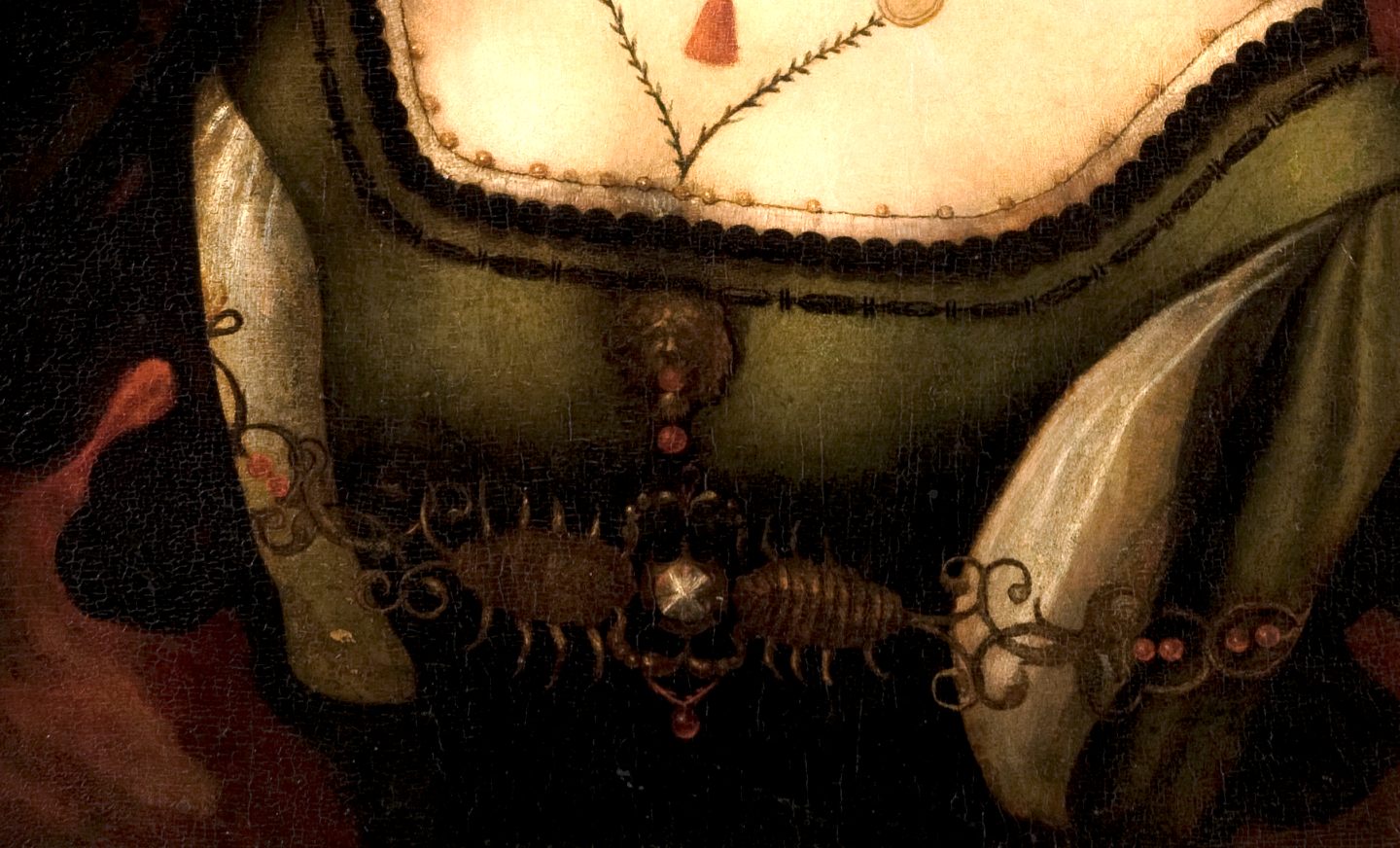

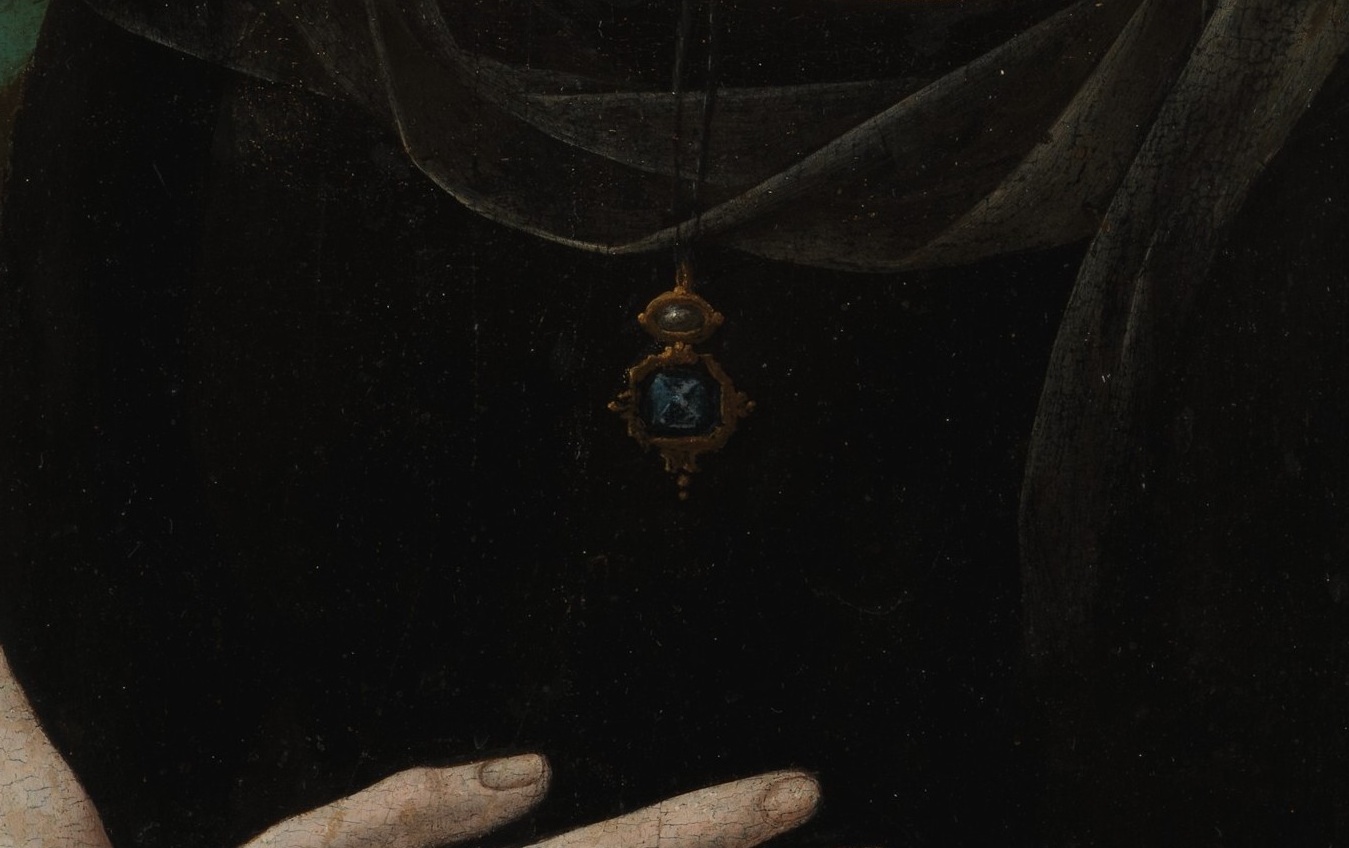





If we are comparing the Columbia picture with portraits by Lorenzo di Credi, it might even appear to us that the
picture does look like a combination of a Lorenzo di Credi bust on the one hand with a head type suggesting
Leonardo’s later oeuvre (including the influence his shadowed faces might have had on Giampietrino; example above on the the right) on the other hand.
Neck and shoulder as well as the transition from the dress to the naked flesh in the Columbia picture is not given as
much attention as one would expect Leonardo to give attention to such aspects; while on the other hand the modelling of
face and hair lighted from above is much more elaborated than the statuesque body the head is resting upon (which is not
fully convincing, giving the picture the strange connotation of a hybrid elaborate).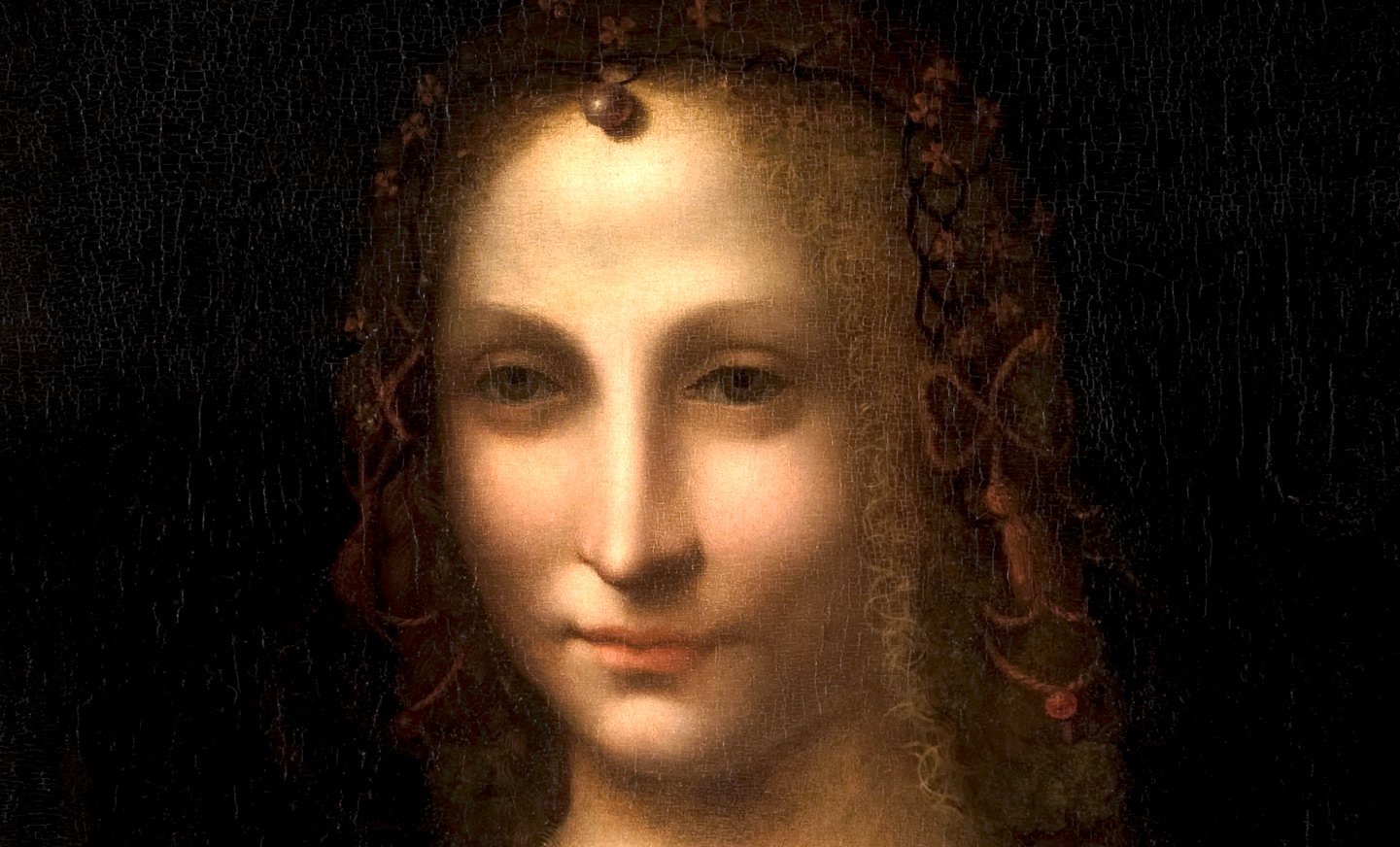
But we find also relations between the Columbia picture and Leonardo’s period at the court of the Sforza. And the
particular relation I am now going to talk about, might even be a sort of key for the picture, and this particular
influence is that of the grotesque.
Three) One Specific Influence Being Unearthed: The Grottesque
Since the style of fantastic ornament named the grottesque was discovered in Rome in Nero’s Domus Aurea and adapted by
Renaissance artists in Rome in the 1490s, one might wonder when and how Leonardo might have had a chance to discover that
style. Only in Rome in 1513 and afterwards? No, indeed he must have been confronted with the grottesque much earlier and
in his Sforza period, since a miniaturist named Antonio da Monza who was close to Leonardo and also influenced by him,
had – manically, as one might say – adapted the grotesque. Only in the age of the Google Art Project perhaps, we have the
chance to actually experience what Antonio da Monza’s art was about, and only due to pictures I am able to find on the
internet, I am also able to identify one particular element in the Columbia picture as an element probably having been
inspired by Antonio da Monza. And we may turn now to the hybrid creature – a bear, a lion? – that, placed on the dress
of the mysterious lady, seems to spit out some pearls that also are, decoratively, placed on that dress. The Getty Museum
owns a spectacular and flamboyant example of Antonio’s art, and I am going to show it as a whole, and I am going to show
the hybrid creatures spitting out pearls in this miniature (and after that some other things). Let’s look at the details
first, then on the Columbia picture, and then on the entire page created by Antonio da Monza. Here come the hybrid creatures: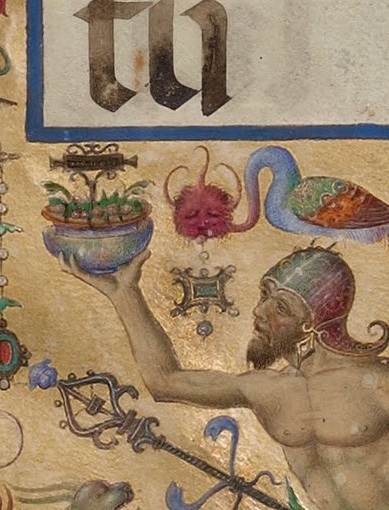
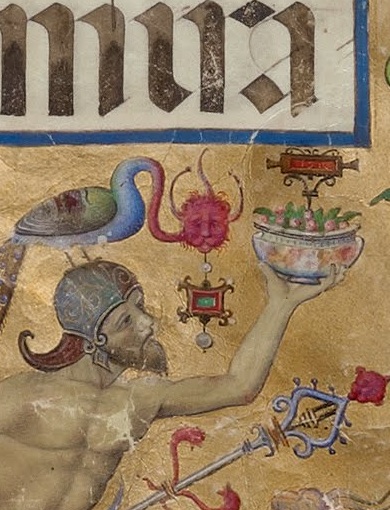


My inner antagonist now is inclined to tell me that hybrid creatures spitting out pearls are a fairly common subject,
but I have to tell him that no, due to a long search for this motif I can say that these creatures are not that common;
and in addition to that: these hybrid creatures are not the only clue as to the relation of the Columbia picture and the
grotesque: on Antonio’s page we also do find the type of pendant that ornates the Columbia lady’s dress (see below); and I say
›type‹, because we have to think this pendant in an abstract way. We will then note the common element of the pearls
that come as a pair, and above all, we will also note the common basic structure of one central element (the gem cut in
pyramidal shape in the painting), flanked by elements that thus come as pairs, as pairs of creatures (as in the Columbia
picture) or as structures that could be turned into animals very easily, because they already have leg-like structures
attached to them (by saying ›pairs‹ I am referring here to the one-on-the-right-one-on-the-left-scheme).
This type of motif is part of the grotesque style as such, because we find exactly this structure also in the grotesque
that Raphael had Giovanni da Udine put into the Logg(i)e of the Vatican (as can be seen in the 18th century reproductions),
where also animals, and hybrid animals come as pairs. In the Loggie we have also crabs that come as pairs. And I am
inclined to identify the creatures on the Columbia lady’s dress as crabs, since they have crab claws, but not actually
one sting, but ornaments attached to them that either can be read as being mere ornaments or as being two stings (which
would also mean that, rather than encountering astrological motifs here, we encounter the fantastic and hybrid style of
the grotesque, while, of course both can also mix up) (picture below right: Princeton University).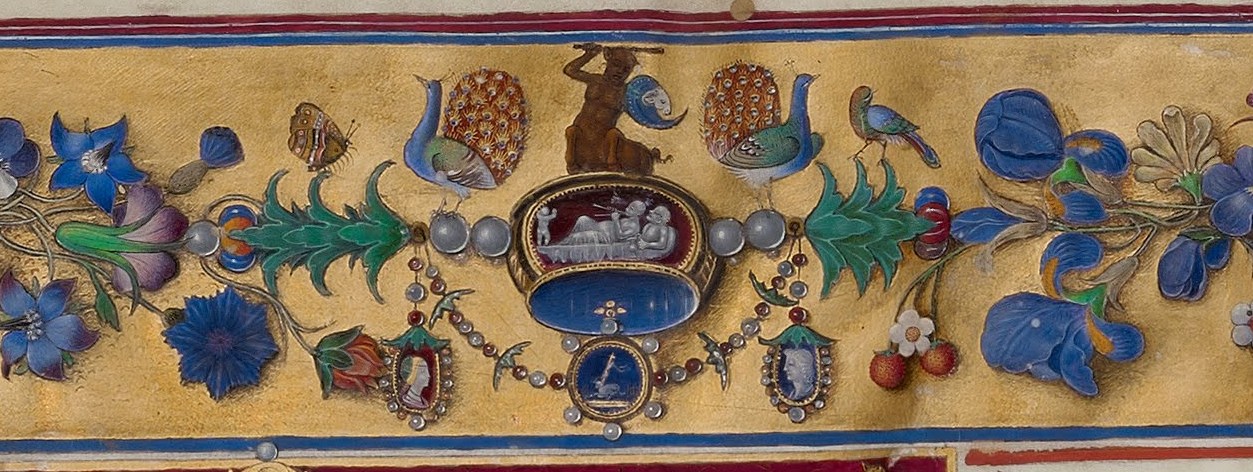
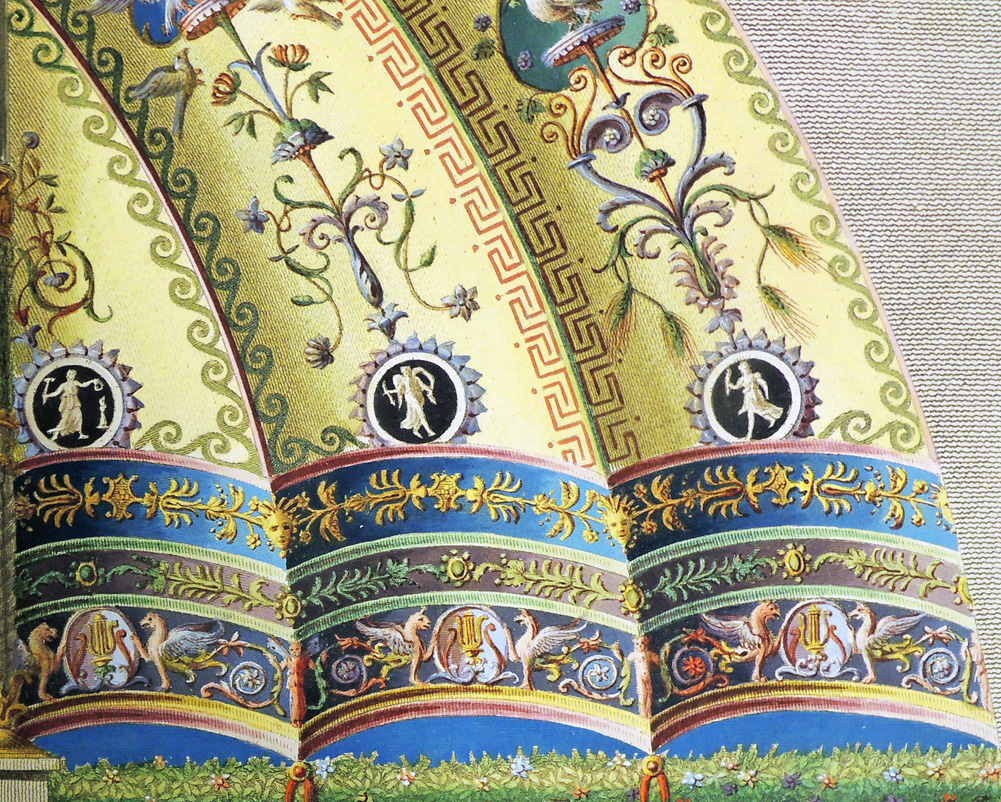

Last but not least at all: we also do find the central, but hidden motif of the Columbis picture in the page by Antonio
da Monza, which is: the mask, which, specifically in this context of ornamental style à la antique can be read as a
symbol of acting in specified roles, since the mask can be seen as as indicating a typified role as well a being the
essence and embodiment of every role of whatever kind (for the mask(s) see the large picture of the illuminated page above).
Four) Finally: Authorship
In case that, in all of the above, I just might have unearthed the labyrinthine thinking of a forger, I would be honoured
to meet him or her. But it does not seem very likely that we have to do with a forgery, if we have to do with the
Columbia picture. First of all: the picture is in a museum and has been investigated by means of technical art history.
Its provenance goes back to the time, when Antonio da Monza was not even known to specialists in the Leonardo field, and
why would a forger who seems capable to emulate or to refer to any period of Leonardo’s trajectory as an artist, why
would such a person choose to create a hybrid of all periods rather than creating something less hybrid and ambivalent.
And it is just the hybrid that could also be seen as the essence of a true leonardesque picture: we are made of
stereotyped elements that link in curious ways, and we cannot be read, because we are all wearing masks being made of
stereotypes. Our eyes are shadowed, and we cannot be seen right through all the time. It might be that the woman depicted
can see right through the viewer (and if we would read the creatures on the dress as scorpions – symbols of fertility at
the time of the Renaissance – we would have to think about the question, if this picture was meant to deflect as well as
to attract a male gaze). Brief: Knowing that forgers exist and are very active, I still like to point to the fact that,
at least in my opinion, forgers usually seem less to care about producing pictures that can and have to be interpreted.
Because this would add – to the technical skills required – the intellectual skills of a scholar specialized in these
matters – and if you are both: why not being a brilliant intellectual artist in your own right, rather than being a
second Leonardo (or Antonio da Monza)? Creating more intellectual pictures would make a forger more vulnerable, and
would only create a surplus of symbolic capital, because people usually are more attracted to the sensuous qualities of
pictures. Brief: who wants to impress the scholars? There is not much to win by that, and if you can fool them by using
your painterly accomplishements – would it be necessary to humiliate them even more, if you have just humiliated them?
It remains to be said that the picture has a companion (now in a private collection in Russia), and Chiara Matteucci
has investigated it as well as published about it (see here). In my view the creatures (?) we find in the companion
(as being parts of a necklace) seem also to have a rather hybrid character and one might think of dragons as well as
of scorpions or only of creature-like shapes. If two pictures were being created on the basis of a cartoon (Chiara
Matteucci has proposed the possibility of two pupils of Leonardo having interpreted the design in specifically individual
ways), it seems to me that only the Columbia picture has this particularly hybrid character due to a seemingly referring
to all of Leonardo’s periods as an artist, so that I an inclined to speak of the picture’s biography that has to be deciphered.
If Leonardo did develop this painting himself, he must have developed it as something that once started as a portrait
into something that sums up his whole career, and it either was about something that all his life must have fascinated him,
or about something that was developed from an initial fascination, into something more detached of that initial experience.
I’d like to propose that it was the inquisitory gaze that he was fascinated with, a gaze that he also developed
or had developed in the Salvator Mundi series, and that it might also have been the motif of the mask and of the
face as a mask, and the world of the grotesque in which we find the mask as a pivotal element.
PS (4.8.): It should be mentioned that we also find a gem in pyramidal cut in Antonio’s masterpiece (it is seen from
the side), and, not to forget: a crab (respectively two crabs). Pearls are not spat out in his picture, but rather, as
members of pearl chains, carried in the mouth of hybrid creatures, but this only raises the question if also in the
Columbia picture pearls are to be thought as rather being stabilized and carried (and not as spat out).
Selected literature: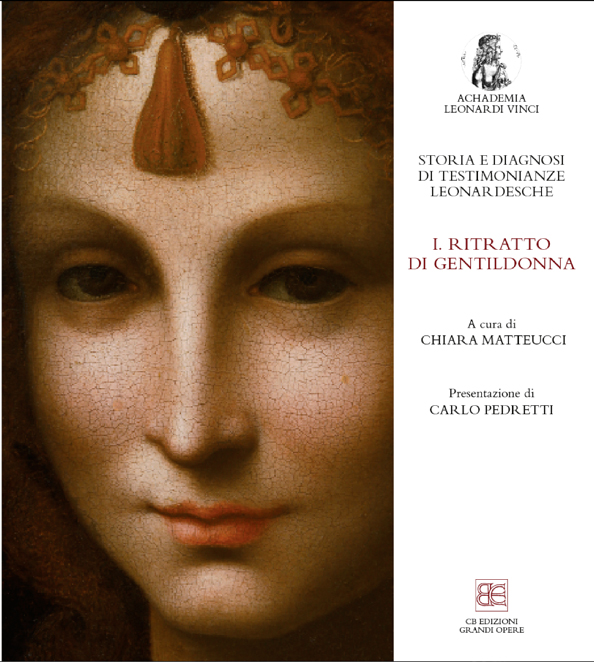
1495: At around this date Leonardo da Vinci is supposed to have begun The Last Supper. Giampietrino is documented as an active painter.
1516: Paolo Emilio, Italian-born humanist at the court of Francis I, publishes the first four books of his history of the Franks; death of Boltraffio.
1517: Leonardo da Vinci, with Boltraffio and Salaì, has come to France (picture of Clos Lucé: Manfred Heyde); 10.10.2017: Antonio de Beatis at Clos Lucé
1517ff: Age of the Reformation; apocalyptic moods; Marguerite of Navarre, sister of Francis I, will be sympathizing with the reform movement; her daughter Jeanne d’Albret, mother of future king Henry IV, is going to become a Calvinist leader.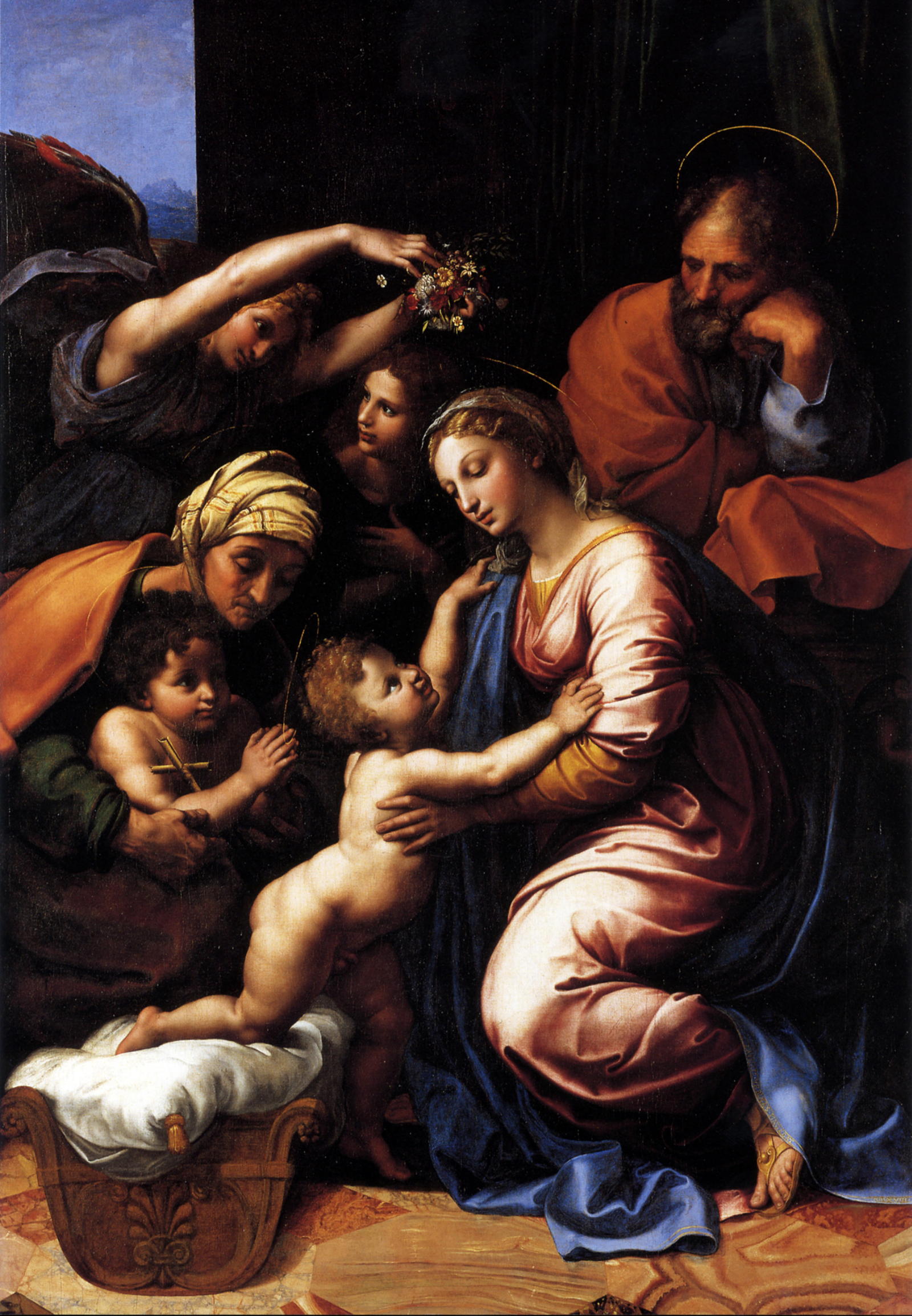
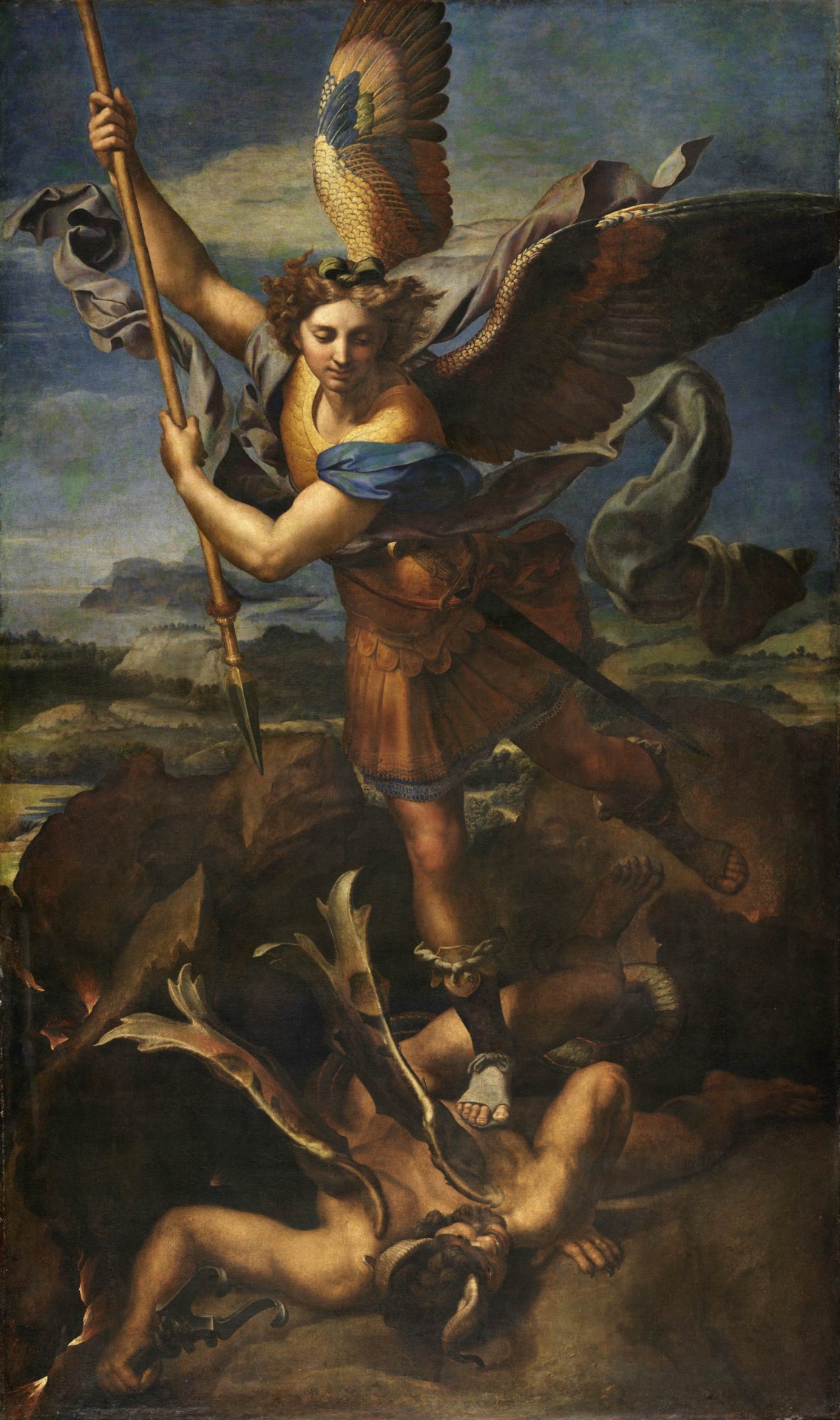
1518: the Raphael workshop produces/chooses paintings to be sent to France; 28.2.: the Dauphin is born; 13.6.: a Milanese document refers to Salaì and the French king Francis I, having been in touch as to a transaction involving very expensive paintings: one does assume that prior to this date Francis I had acquired originals by Leonardo da Vinci; 19.6.: to thank his royal hosts Leonardo organizes a festivity at Clos Lucé.
1519: death of emperor Maximilian I; Paolo Emilio publishes two further books of his history of the Franks; death of Leonardo da Vinci; Francis I is striving for the imperial crown, but in vain; Louise of Savoy comments upon the election of Charles, duke of Burgundy, who thus is becoming emperor Charles V (painting by Rubens).
1521: Francis I, who will be at war with Hapsburg 1526-29, 1536-38 and 1542-44, is virtually bancrupt.
1523: death of Cesare da Sesto.
1524: 19.1.: death of Salaì after a brawl with French soldiers at Milan.
1525: 23./24.2.: desaster of Francis I at Pavia. 21.4.1525: date of a post-mortem inventory of Salaì’s belongings.
1528: Marguerite of Navarre gives birth to Jeanne d’Albret (1528-1572) who, in 1553, will give birth to Henry, future French king Henry IV.
1530: Francis I marries a sister of emperor Charles V.
1531: death of Louise of Savoy; the plague at Fontainebleau.
1534: Affair of the Placards.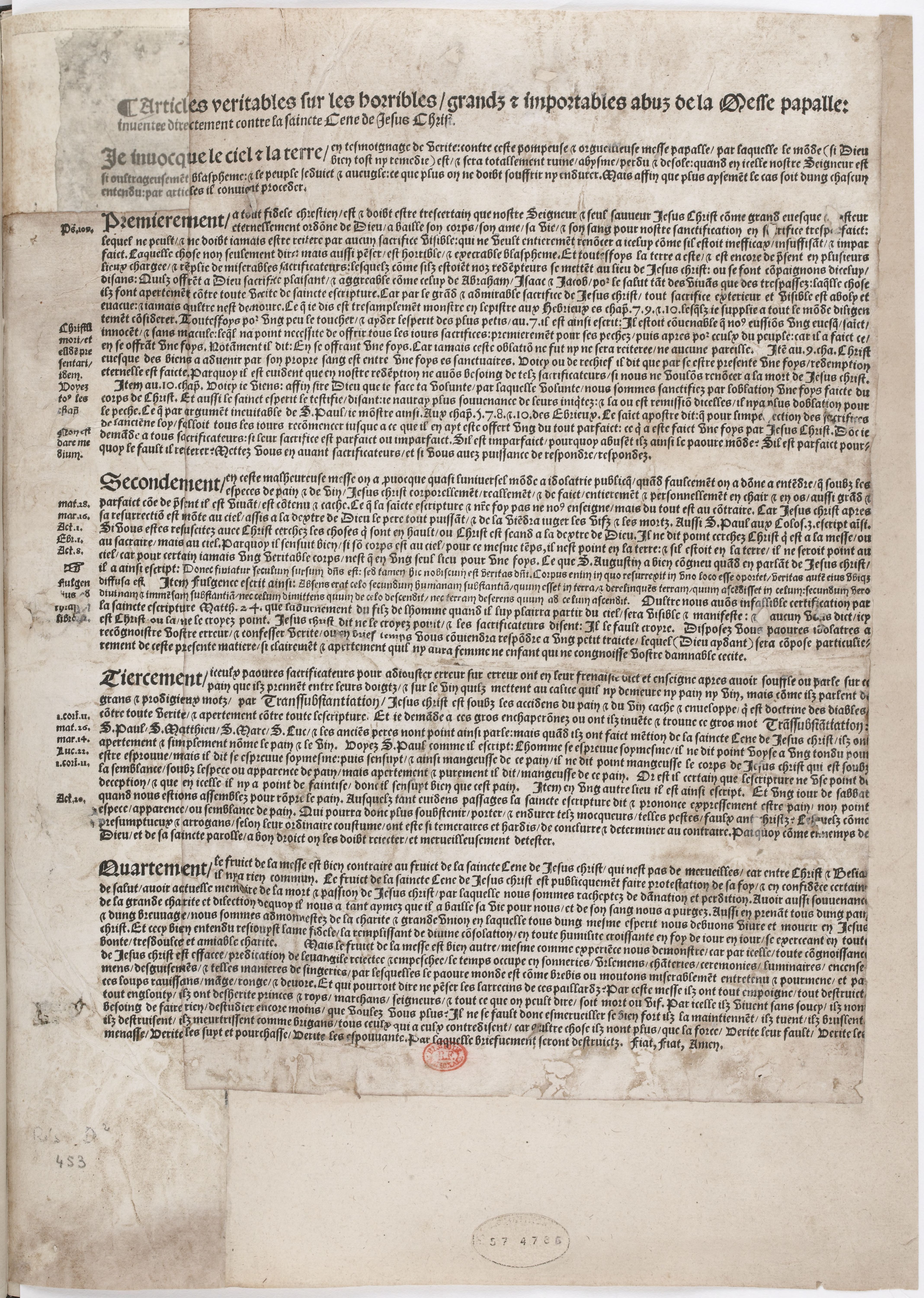
1539: the still unfinished chateau of Chambord is being shown by Francis I to Charles V.
1540s: the picture collection of Francis I being arranged at Fontainebleau.
1544: January: Marguerite of Navarre sends a letter of appreciation to her brother, king Francis I., who has sent her a crucifix, accompanied by a ballade, as a new year’s gift.
1547: death of Francis I.
1549: death of Marguerite de Navarre; death of Giampietrino.
1553: Jeanne d’Albret gives birth to Henry, the future French king Henry IV and first Bourbon king after the rule of the House of Valois.
1559: publication of the Heptaméron by Marguerite de Navarre.
1562-1598: French Wars of Religion.
1570: death of Francesco Melzi.
1589: Henry, grandson of Marguerite de Navarre and grand-grandson of Louise of Savoy, but by paternal descent a Bourbon, is becoming French king as Henry IV.
2015: an exhibition at the Château of Loches is dedicated to the 1539 meeting of king and emperor (see here).
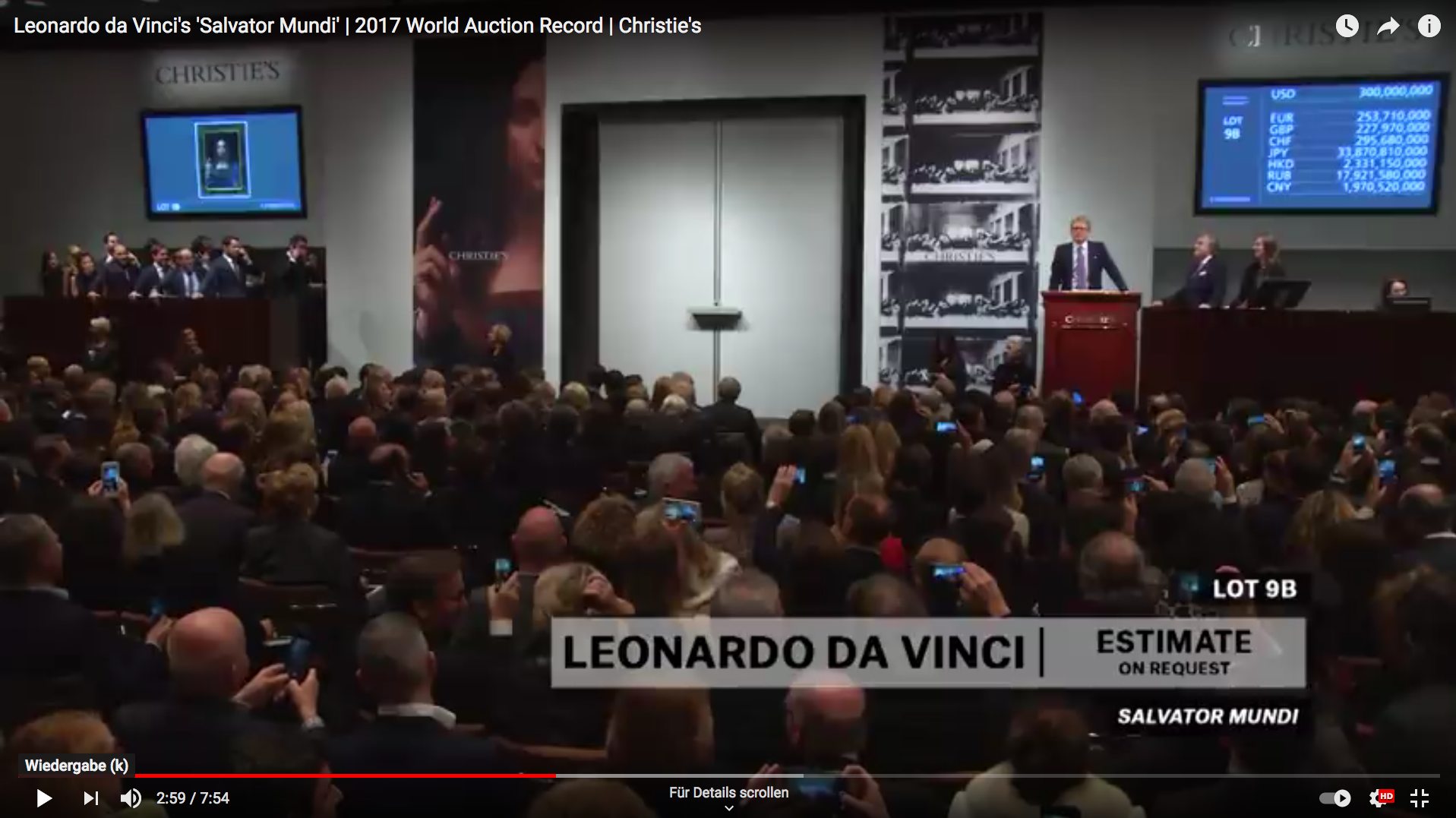
The 15 November 2017 inscribes into the chronicles of Santa Maria delle Grazie as well (pictures: youtube.com / Christie’s). Andy Warhol’s Sixty Last Suppers as well as the Salvator Mundi have their roots in the Milanese cloister. And there is something else: While the Salvator Mundi might mark the beginnings of serial production of paintings at the time of the Renaissance, Warhols work does practice and selfreferentially comment on serial production and on viral images (it had been a commission by an art dealer; see here). Does it also comment on the Salvator Mundi? How would Warhol have commented on the Salvator Mundi saga? Would he have created Sixty One Plus Salvator Mundi Versions? Perhaps he might have thought or said: why underestimating Leonardo? he did in fact invent the multiple. And perhaps Leonardo was even more furbo than anyone ever imagined – perhaps Leonardo did also invent and practice the selling of serial productions as (more or less unique) originals, each of every member of a series. Do we have a category for such objects, or do we still have to find one (even if just the Salvator Mundi version Cook might have been a gift and not a commercial product)?
See also the episodes 1 to 12 of our New Salvator Mundi History:
Francis I and the Crown of Charlemagne
The Chronicles of Santa Maria delle Grazie
And:
MICROSTORY OF ART
ONLINE JOURNAL FOR ART, CONNOISSEURSHIP AND CULTURAL JOURNALISM
HOME
© DS